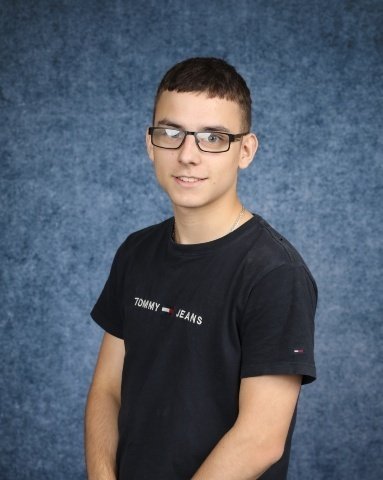Welcome to Year 3
What Year 3 are learning about this half term?
Autumn 2
|
In English, we will complete our Place Value of Punctuation and Grammar unit, concentrating on different nouns, verbs and clauses to create accurate sentence structure. For our class text, we will be reading, 'The Boy Who Grew Dragons,' By Andy Shepherd.
Our key historical enquiry question is: How did life progress throughout the Stone Age? In our history lessons, we will learn how life progressed throughout the Stone Age across the three different eras.
In Maths, we will learn addition and subtraction. In the unit, we will develop our understanding of the key skills of formal addition and subtraction through place value, checking strategies and mental methods.
In Science, our unit is Animals, including Humans. Our key enquiry question is: Are all skeletons the same?
In Art, our unit is Painting with mixed media: Prehistoric Art.
In Computing, our unit is Programming - Scratch
In French, our unit is French adjectives for shape, colour and size.
In RE, we will continue our unit on How do Jews remember God’s convent Abraham and Moses?
In Music, we will continue to learn to play the Ukulele with Mrs Morrison.
In PE, our unit is Dance
In RHE, our unit is Similarities and differences
|
Our previous learning
Autumn 1
In our first half term, our Geographical enquiry question is: What physical features make Britain a good place to settle?
In our Geography lessons, we will identify the counties and regions of the UK, research how land is used in different settlements, and identify human and physical features on a map.
In English, we will complete a Place Value of Punctuation and Grammar unit concentrating on different nouns, verbs, and clauses to create accurate sentence structure.
For our class text, we will be reading, 'The Iron Man' by Ted Hughes.
In Maths, we will learn about the Place Value of numbers up to 1000, which includes rounding, ordering, comparing, and representing numbers in different ways.
In Science, our unit is Forces and Magnets. Our key enquiry question is: Are all materials magnetic?
In Art, our unit is Monochromatic, we will learn how artists draw faces.
In PE, our first unit is Invasion Games
In Music, we will learn to play the Ukulele with Mrs Morrison.
In RHE, our unit is Healthy and Happy Friendships. In the unit, we will learn what the different qualities of a healthy, happy friendship are.
In RE, our unit is How do Jew remember God’s convent Abraham and Moses?
In French, our unit is French Greetings. In the unit, we will look carefully at the speaker and respond confidently with the appropriate gesture and phrase.
In Computing, our unit is Networks and the Internet. We will also learn how to stay safe online.
Our Class Library
Below are the core texts and literature we will be using in Year 3 to support the delivery of our curriculum.

Meet the staff...
Mrs Whittem (class teacher)
Miss Rachel (teaching assistant)
Mr Parker
Teaching and Learning Apprentice
Ferney Lee Road, Todmorden,
Lancs, OL14 5NR
01706 254848
admin@ferneylee.calderdale.sch.uk








































